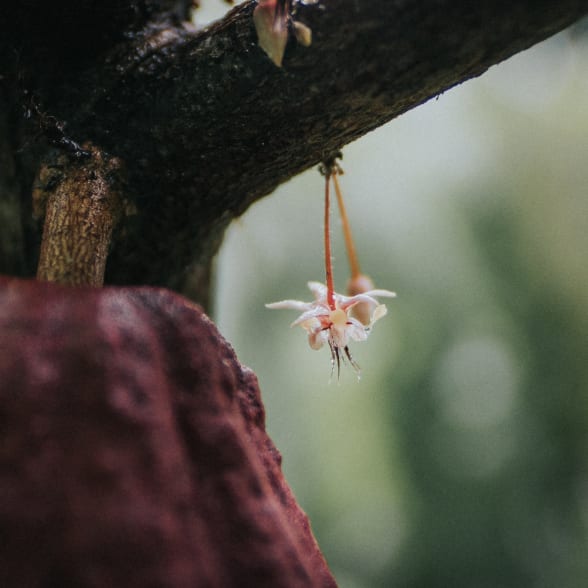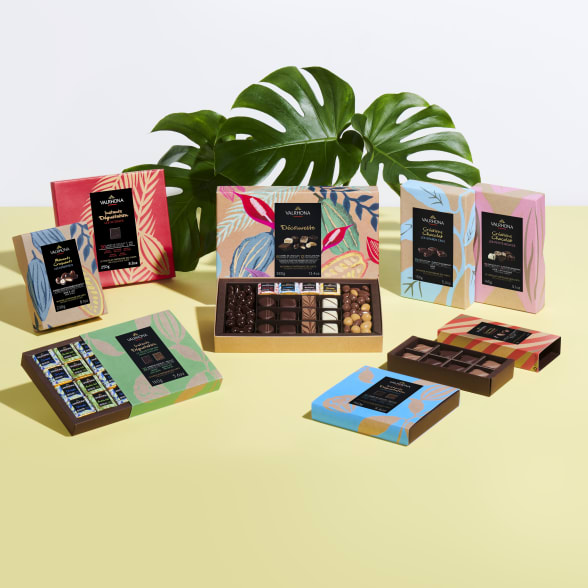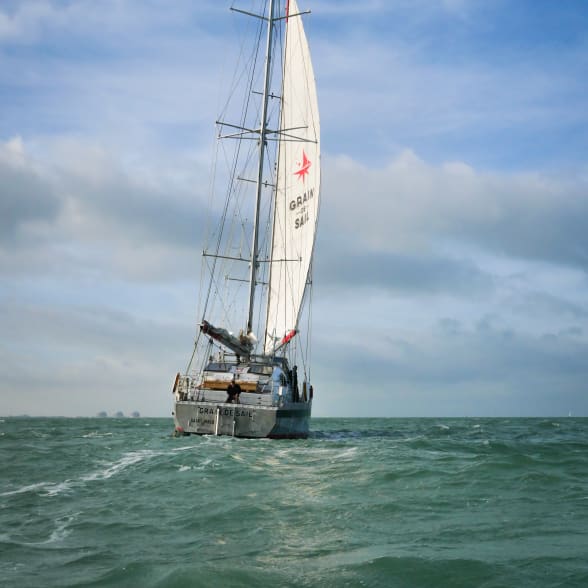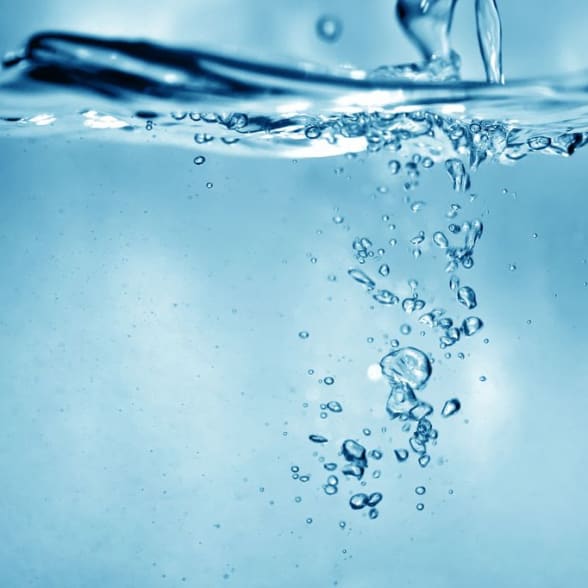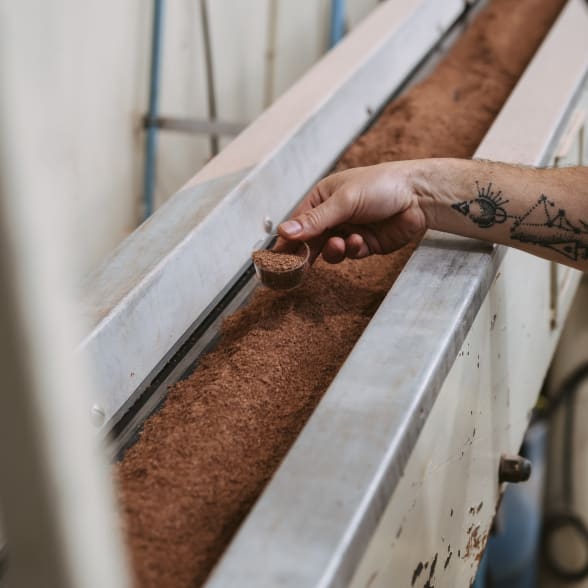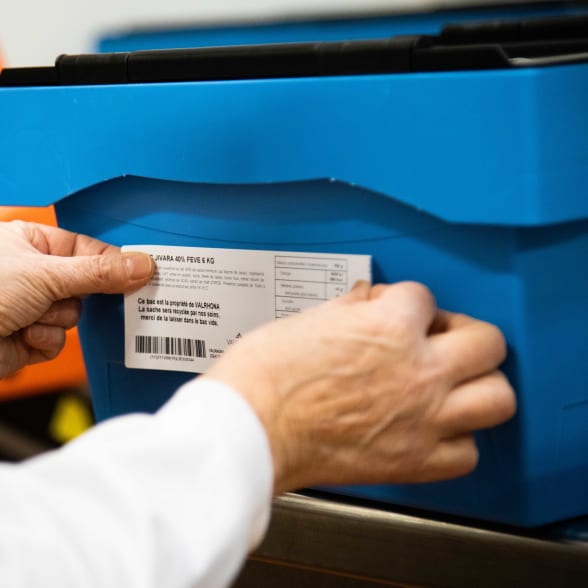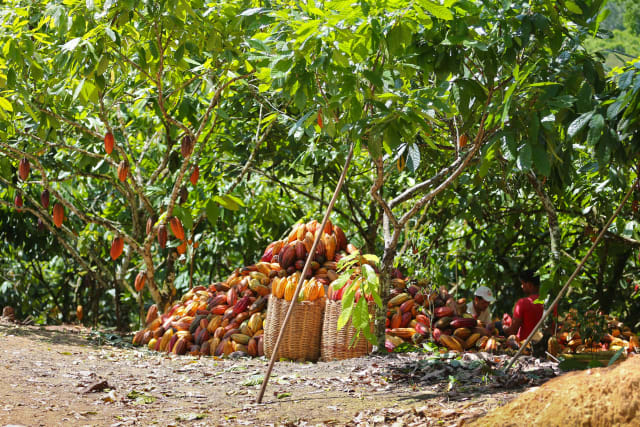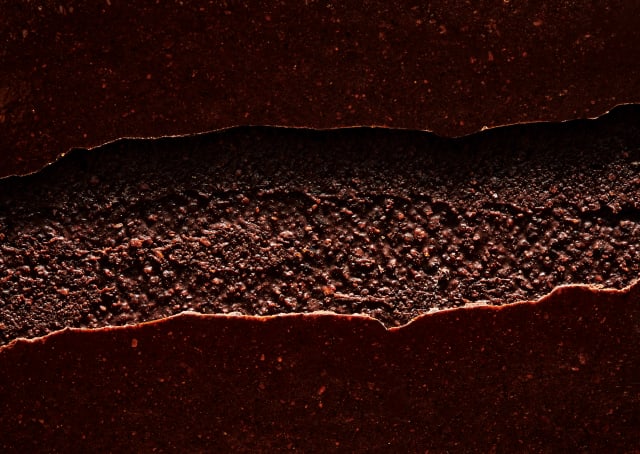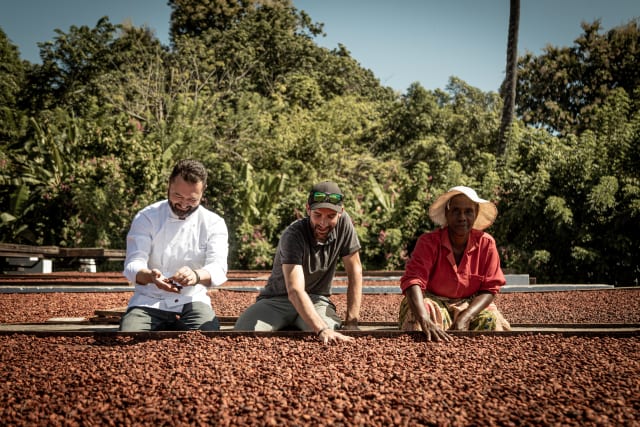You are using an outdated browser. Please upgrade your browser to improve your experience and security.
Reducing our environmental impact
Our environmental challenges
Our activities – from growing cocoa to selling chocolate – have an impact on the environment. At Valrhona, we are committed to minimizing these impacts. This makes sense from a commercial point of view, but also and most importantly to guarantee us a healthy future and a healthy planet.
To stay aligned with a warming trajectory of +1.5°C, France must reduce its emissions by 63% by 2030. To comply with this reduction, numerous measures need to be implemented. Valrhona has chosen to align with the global move towards carbon emissions reduction. So that we can combat climate change and make a meaningful transition towards an environmentally friendly way of working, we have made exact calculations of our emissions a priority. This will enable us to take action and, most importantly, to reduce the emissions we make.
The data displayed below relates to the activities of our two chocolate factories at Tain l’Hermitage, as well as at the École Valrhona, the store and the Cité du Chocolat. We are closely monitoring our energy consumption at these locations.
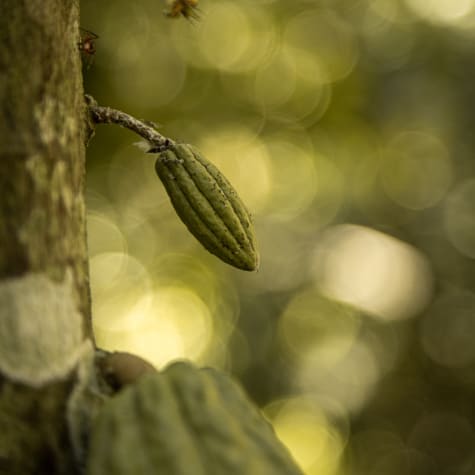
2023 results
-62% of GHG (greenhouse gas emissions)
directly generated by Valrhona through the combustion of fossil fuels and the consumption of electricity (scope 1 & 2) since 2013. Objective for 2025: -60%
93% of waste recovered
(cardboard, plastic, organic materials). Objective for 2025: 100%.
68% of our energy mix
(electricity & gas) comes from renewables. Objective for 2025: 79%
86% of our packaging
is recyclable. Objective for 2025: 85%
100% of new products
meet Valrhona eco-design criteria (packaging and recipes). Objective for 2025: 100%
-18% in waste generated
overall 2013. Objective for 2025: 50% reduction.
-33% of tap water consumption
(and 49% less groundwater used) since 2013. Objective for 2025: 50% reduction.
-40% in our total energy consumption
since 2013. Objective for 2025: 50% reduction.

